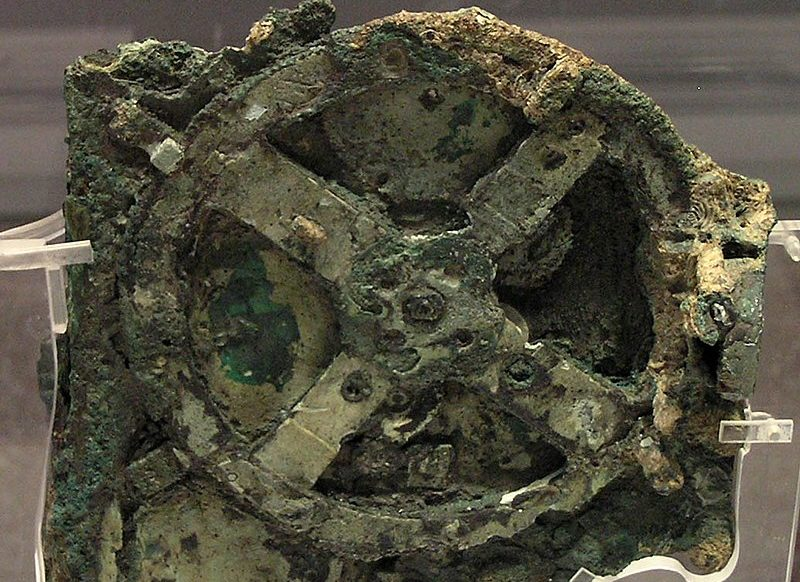Mathematical Artifacts: Exploring Ancient Mathematical Discoveries

Introduction: Mathematics is often perceived as an abstract and intangible discipline, existing solely in the realms of equations and theorems. However, throughout history, mathematical ideas have found expression in tangible artifacts, providing us with glimpses into the ancient civilizations' profound understanding of numbers, geometry, and complex calculations. These mathematical artifacts serve as valuable clues, shedding light on the innovative mathematical discoveries of our predecessors. In this article, we embark on a fascinating journey to explore the mathematical artifacts left behind by ancient civilizations, uncovering their mathematical prowess and the enduring impact of their discoveries. 1. The Antikythera Mechanism: Our exploration begins with a truly astonishing artifact, the Antikythera Mechanism. Discovered in a shipwreck off the Greek island of Antikythera in 1901, this ancient analog computer dates back to the 2nd century BCE. While its purpose remained a my...
.png)
